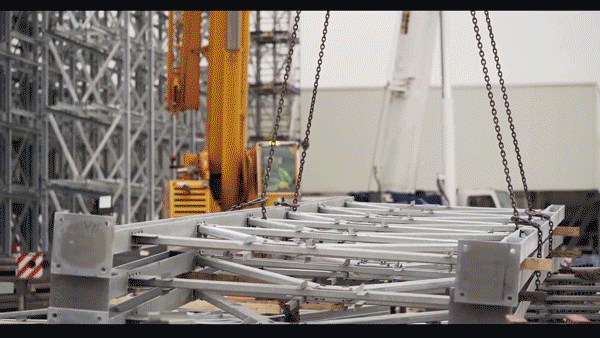Getting the Most From Micro Fulfillment
KEY TAKEAWAYS
As shoppers’ pandemic-driven e-commerce adoption becomes permanent, food retailers that need to keep up with all of that digital growth and activity will turn to micro fulfillment centers (MFCs).
Grocers can buy MFC systems that make use of empty retail space, or which deploy automated and robotic systems within a grocery store’s existing real estate; a supercenter retail store might support its own center.
Food retailers face a steep learning curve if they really want to make MFCs a permanent part of their operations.
That helps to explain the quickening rise of micro fulfillment centers, which are designed to act as mini distribution centers that enable grocery workers to efficiently and profitably pick online orders without disrupting other store operations.
“Micro fulfillment is central to our expansion strategy”
During the pandemic, the online grocer has seen a 100% growth surge in its suburban footprint and is now working to quickly expand its services while consumer interest in food retail e-commerce reaches all-time highs.
“The combination of the technology with our expertise in automation and fresh food enables us to get closer to our customers quicker and more efficiently with two-hour on-demand delivery of the same great-tasting, quality fresh and prepared food selection mix we offer our customers in New York City.”






























